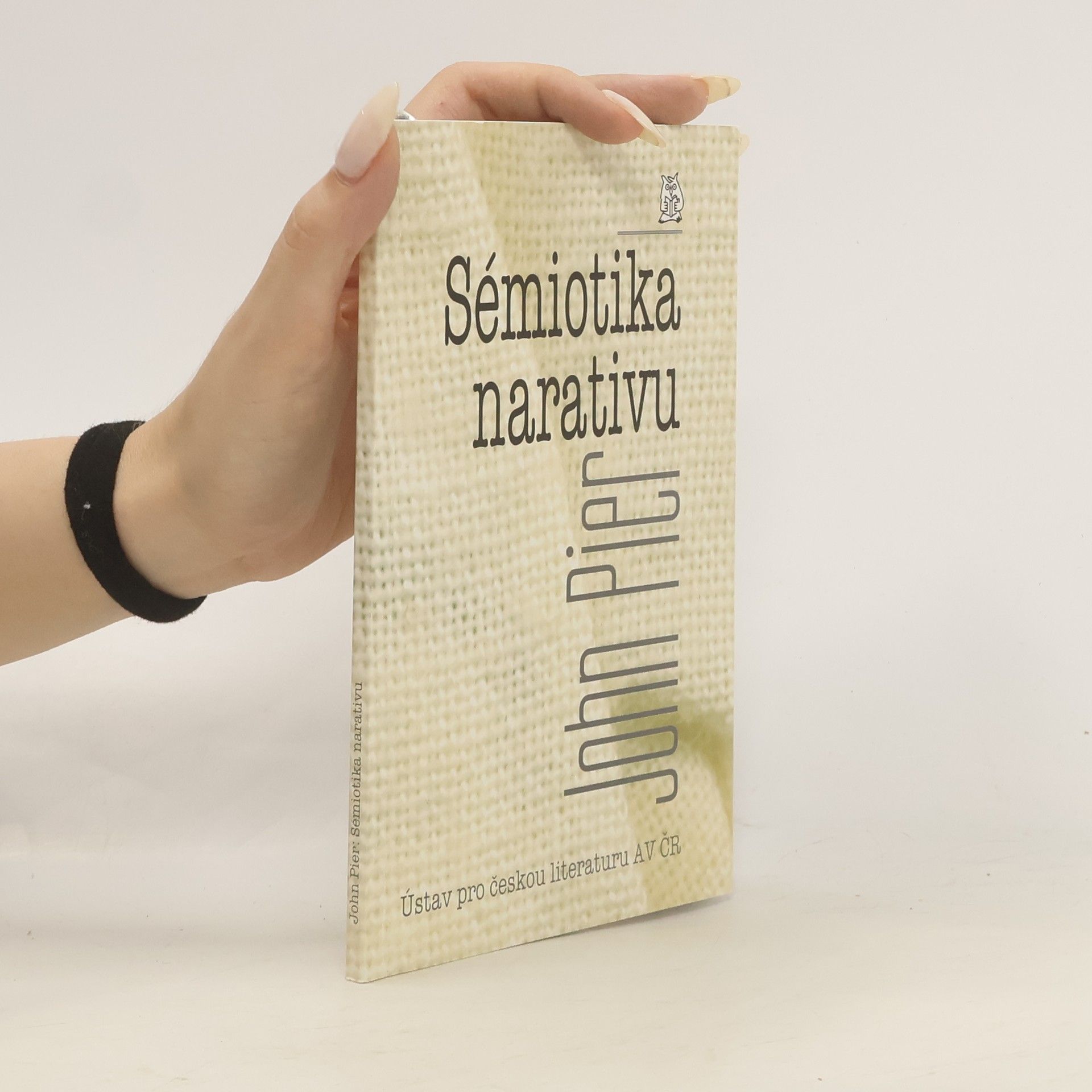John Pier prohloubil ve svých literárněvědných studiích problematiku intertextové naratologie, k níž se dostal zprostředkovaně přes angloamerickou literaturu 18.–20. století. Sémiotika mu umožňuje schematizovat znakové systémy a procesy, je tudíž jedním z nejvhodnějších prostředků pro analýzu literárního díla, vyhýbá se strohosti strukturalistické naratologie, vychází z potřeby komplexního přístupu a strategie, při zachování významových rovin zkoumaných narativů. Intertextovost je tedy pro Johna Piera základní interpretační technikou a hlavním metodickým nástrojem pro analýzu literárního textu. Postklasická naratologie zohledňuje výzkum kontextu, a to i v řadě jiných vědních disciplín. Přítomné studie představují stručný nástin intertextové naratologie.
John Pier Livres
1 janvier 1945
